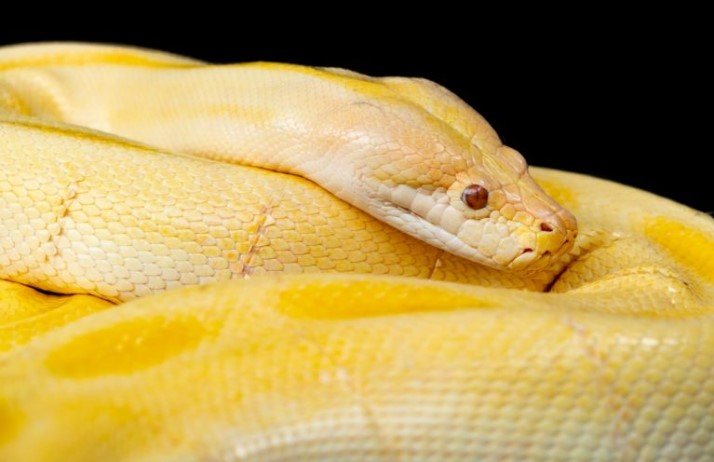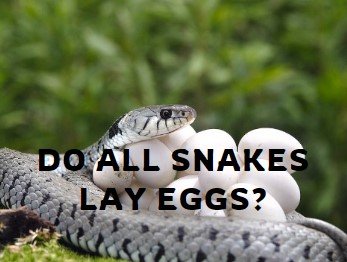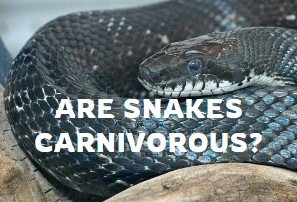Dining with Garters: A Culinary Exploration into the Diet of Garter Snakes
Introduction:
Garter snakes, members of the Thamnophis genus, are not only charming and ubiquitous but also boast a diverse palate that contributes to their success in various ecosystems. Let’s embark on a gastronomic journey into the world of garter snake diets, unraveling the intricacies of their dining habits.

1. Generalist Appetites:
Garter snakes are renowned for their adaptability, and this extends to their diet. As generalist feeders, they consume a wide variety of prey, showcasing a remarkable ability to thrive in diverse environments.
2. Invertebrate Delights:
The primary component of a garter snake’s diet consists of invertebrates. Earthworms, insects, spiders, and snails are among the delectable invertebrates that grace their menu. This dietary flexibility allows garter snakes to forage in gardens, meadows, and woodland areas.
3. Amphibian Feasts:
Amphibians, particularly frogs and toads, make frequent appearances on the garter snake menu. Garter snakes are adept hunters, utilizing their keen sense of smell and specialized jaws to capture and consume these slippery delicacies.
4. Small Vertebrates:
Garter snakes are not averse to dining on small vertebrates. Fish and tadpoles often find themselves on the menu, especially when garter snakes inhabit aquatic or semi-aquatic environments.
5. Venom Resistance:
Some garter snake species exhibit a fascinating resistance to the toxins produced by certain amphibians, including poisonous newts. This unique adaptation allows them to consume toxic prey that would deter other predators.
6. Cannibalistic Tendencies:
Intriguingly, garter snakes are known to display cannibalistic tendencies, with larger individuals occasionally preying on smaller conspecifics. This behavior, while not universal across all garter snake species, adds a layer of complexity to their dietary habits.
7. Dietary Adaptations Across Species:
Garter snakes exhibit variations in diet based on their specific habitats and geographic locations. For instance, coastal garter snakes may incorporate marine invertebrates into their diet, showcasing the adaptability of this diverse group.
8. The Role of Smell:
Garter snakes rely heavily on their sense of smell to locate prey. The Jacobson’s organ, or vomeronasal organ, enhances their ability to detect chemical cues, aiding in the efficient tracking of potential meals.
Conclusion:
In essence, the culinary repertoire of garter snakes reflects their ecological versatility and adaptability. From invertebrates to amphibians, these serpentine connoisseurs navigate a diverse menu with finesse, contributing to their success as widespread and resilient members of the snake family.
Learn more about can Snake hear.





Leave a Reply